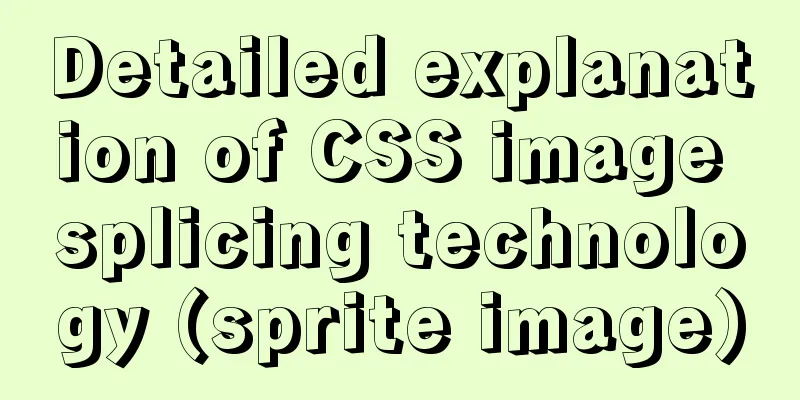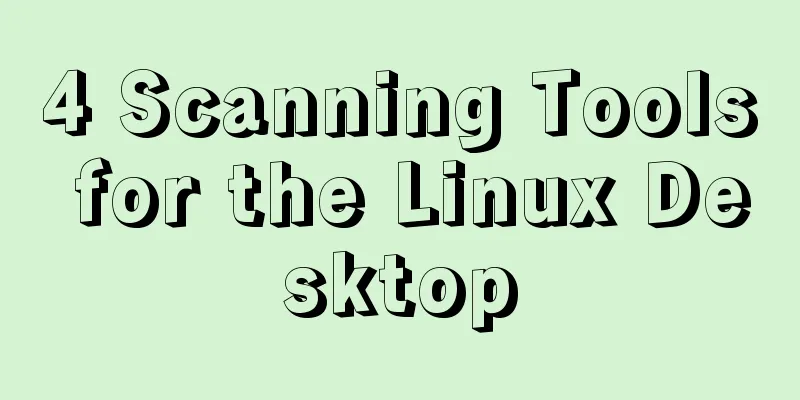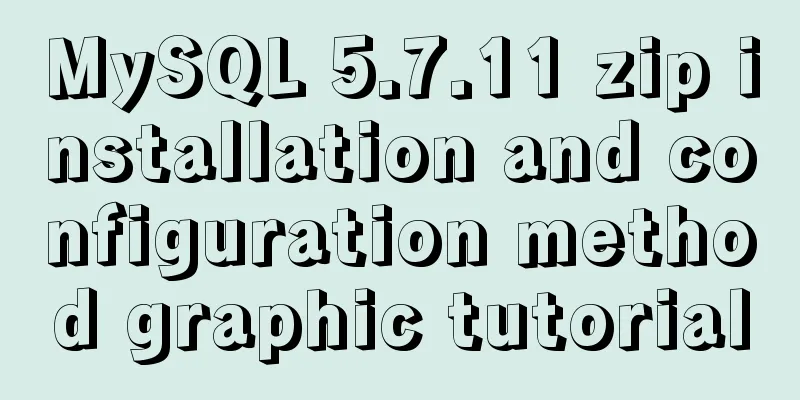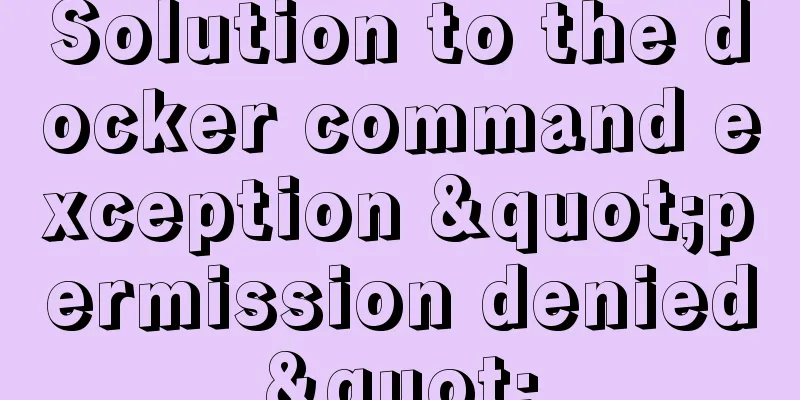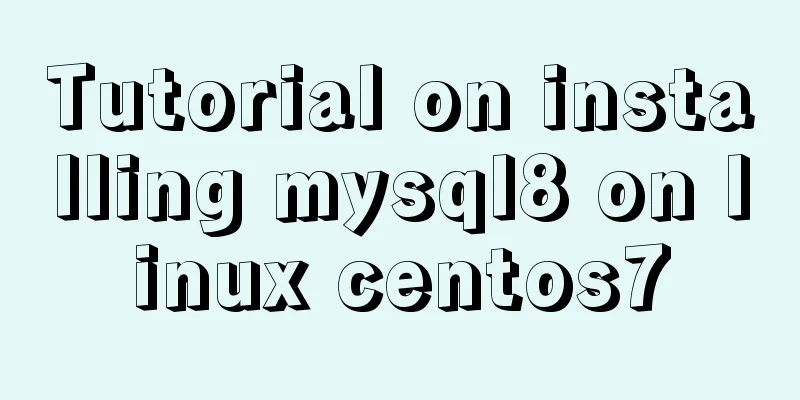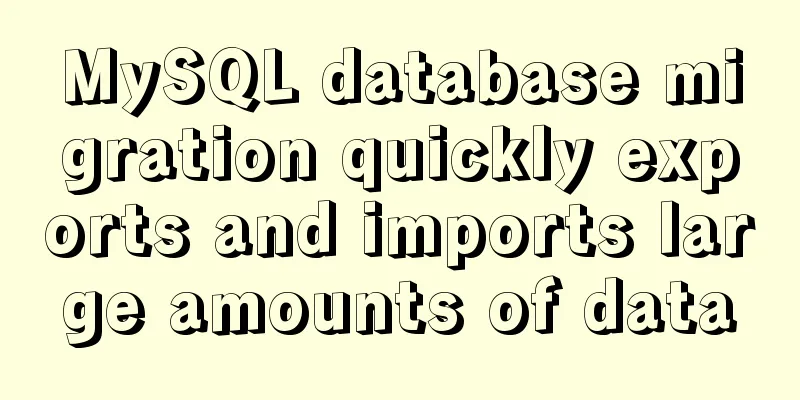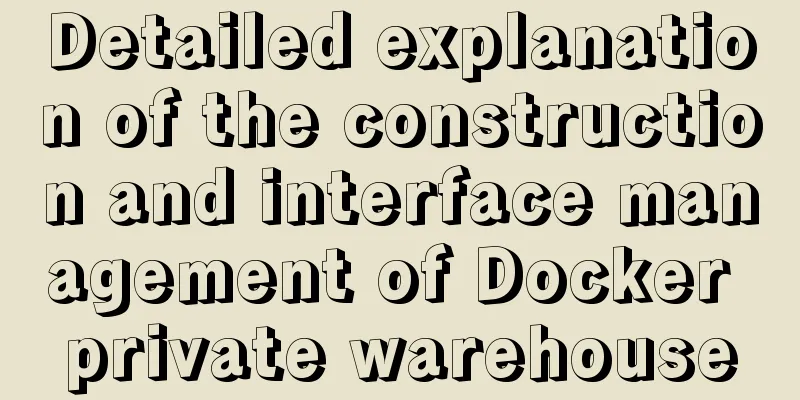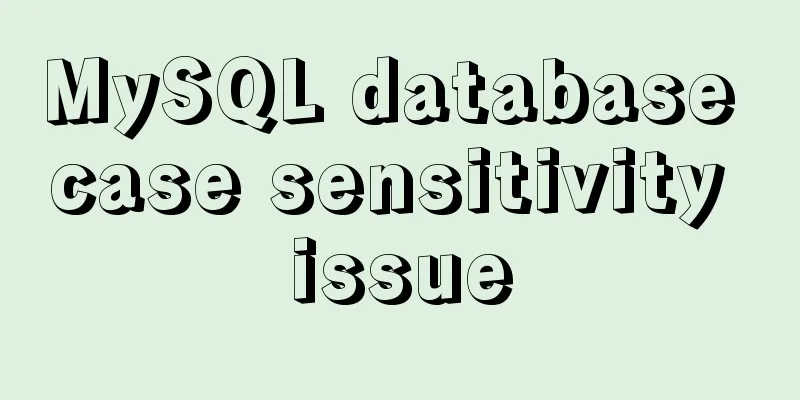How to move a red rectangle with the mouse in Linux character terminal
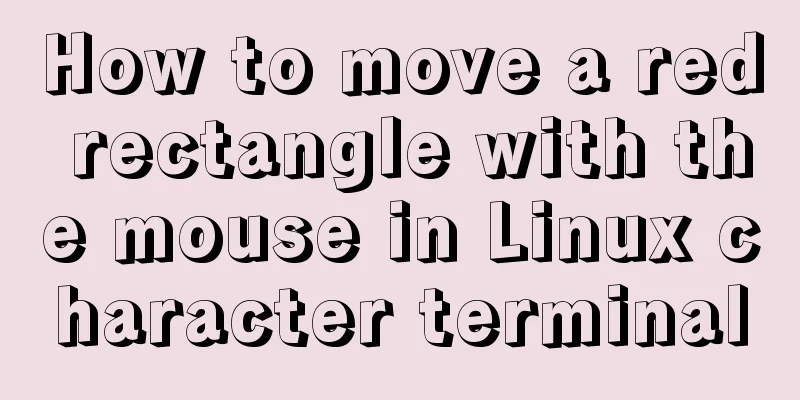
|
Everything is a file! UNIX has already said it. Eric Raymond said this, don't you agree? Since /dev/fb0 has been abstracted into a display, we can draw 32-bit true-color images on the screen by operating the memory mapped to /dev/fb0 on the character terminal. So how do we operate the mouse and keyboard? /dev/input/mouse0 can be used to read mouse events. When you cat it in a character terminal and move the mouse, it seems to tell you that something happened, but you can't interpret it:
In order to find the correct way to interpret it, you can either Google or Baidu, or the most direct way is to check the read callback function of the file mouse0 in the Linux kernel source code:
static ssize_t mousedev_read(struct file *file, char __user *buffer,
size_t count, loff_t *ppos)
{
struct mousedev_client *client = file->private_data;
struct mousedev *mousedev = client->mousedev;
// The size of ps2 found in the mousedev_client structure is 6 bytes.
signed char data[sizeof(client->ps2)];
int retval = 0;
spin_lock_irq(&client->packet_lock);
if (!client->buffer && client->ready) {
// This is the core, continue to follow mousedev_packet(client, client->ps2);
client->buffer = client->bufsiz;
}
...Let's see how mousedev_packet assembles the packet:
static void mousedev_packet(struct mousedev_client *client,
signed char *ps2_data)
{
struct mousedev_motion *p = &client->packets[client->tail];
ps2_data[0] = 0x08 |
((p->dx < 0) << 4) | ((p->dy < 0) << 5) | (p->buttons & 0x07);
ps2_data[1] = mousedev_limit_delta(p->dx, 127);
ps2_data[2] = mousedev_limit_delta(p->dy, 127);
p->dx -= ps2_data[1];
p->dy -= ps2_data[2];
...I understand it very well. I don't care about anything else and I have no motivation to learn. I just want to know the X and Y coordinates of the mouse:
All the information is there. Now, we can write the code:
#include <stdio.h>
#include <fcntl.h>
#include <sys/mman.h>
#include <linux/fb.h>
#include <stdlib.h>
// The side length of the square is 100 pixels #define LENGTH 100
//Abstract display memory unsigned int *mem = NULL;
// Save the last screen unsigned int *old_mem = NULL;
//Screen information static struct fb_var_screeninfo info;
int mouse_fd, fb_fd;
// Paint the square red int start = 0xffff0000;
int main(int argc, char **argv)
{
signed char mouse_event[6];
char rel_x, rel_y;
int old_x = 0, old_y = 0;
int abs_x = 0, abs_y = 0;
mouse_fd = open("/dev/input/mouse0", O_RDONLY);
fb_fd = open("/dev/fb0", O_RDWR);
ioctl(fb_fd, FBIOGET_VSCREENINFO, &info);
mem = (unsigned int *)mmap(NULL, info.xres*info.yres*info.bits_per_pixel/8, PROT_READ|PROT_WRITE, MAP_SHARED, fb_fd, 0);
while(read(mouse_fd, &mouse_event[0], 6)) {
int i, w, h;
static int idx = 0;
// According to the definition of kernel mousedev_packet, parse the relative displacement.
rel_x = (char) mouse_event[1];
rel_y = (char) mouse_event[2];
// Calculate absolute displacement abs_x += rel_x;
abs_y -= rel_y;
if (abs_x <= 0 || abs_x >= info.xres - LENGTH || abs_y <= 0 || abs_y >= info.yres - LENGTH) {
continue;
}
if (old_mem == NULL) {
old_mem = (unsigned int *)mmap(NULL, info.xres*info.yres*info.bits_per_pixel/8, PROT_READ|PROT_WRITE, MAP_SHARED|MAP_ANONYMOUS, -1, 0);
if (old_mem == NULL) {
exit(1);
}
} else {
// Restore the pixels in the last square area for (w = old_x; w < old_x + LENGTH; w++) {
for (h = old_y; h < old_y + LENGTH; h++) {
idx = h*info.xres + w;
mem[idx] = old_mem[idx];
}
}
old_x = abs_x;
old_y = abs_y;
}
// Save the current pixel for next restoration for (w = abs_x; w < abs_x + LENGTH; w++) {
for (h = abs_y; h < abs_y + LENGTH; h++) {
idx = h*info.xres + w;
old_mem[idx] = mem[idx];
}
}
// Paint the red rectangle according to the mouse position for (w = abs_x; w < abs_x + LENGTH; w++) {
for (h = abs_y; h < abs_y + LENGTH; h++) {
idx = h*info.xres + w;
mem[idx] = start;
}
}
}
return 0;
}Run it, and then move the mouse in the character terminal, the effect is as follows:
Well, the rectangle moves with the mouse and does not destroy any characters wherever it goes. Now, let me review what I did this weekend and what it means.
This means that if I have the time and energy, I can implement a GUI system. Of course, the GUI system and the network protocol stack are like mountains apart, and there will definitely be a lot of trouble, not just reading and writing two files:
It can be done. In fact, real GUI systems never use this approach. They seem to rebel against the UNIX philosophy of everything being a file, and prove that this is better! Oh, and the success of Windows GUI is a proof of this, as well as the latest version of MacOS… When it comes to character terminals, the characters are also drawn. It's no big deal. However, if you want to use pixels to set characters, you need to understand the information of the character dot matrix... This is another topic in another field. Summarize The above is the full content of this article. I hope that the content of this article will have certain reference learning value for your study or work. Thank you for your support of 123WORDPRESS.COM. You may also be interested in:
|
<<: In-depth understanding of Worker threads in Node.js
>>: Install and configure MySQL 5.7 under CentOS 7
Recommend
Tips on MySQL query cache
Table of contents Preface Introduction to QueryCa...
Analysis of statement execution order of sql and MySQL
I encountered a problem today: Can I use the as a...
Implementation of mysql configuration SSL certificate login
Table of contents Preface 1. MySQL enables SSL co...
Table setting background image cannot be 100% displayed solution
The following situations were discovered during d...
WeChat applet wxs date and time processing implementation example
Table of contents 1. Timestamp to date 2. Convert...
Summary of common MySQL function examples [aggregate functions, strings, numbers, time and date processing, etc.]
This article describes the commonly used MySQL fu...
Web Design Principles of Hyperlinks
<br />Related articles: 9 practical tips for...
Problems encountered in using MySQL
Here are some problems encountered in the use of ...
How to install MySQL 5.7.17 and set the encoding to utf8 in Windows
download MySQL official download, select Windows ...
Details on overriding prototype methods in JavaScript instance objects
Table of contents In JavaScript , we can usually ...
Vue implements sample code for dragging files from desktop to web page (can display pictures/audio/video)
Effect If you use it, please optimize the code an...
Implementation of the Pycharm installation tutorial on Ubuntu 18.04
Method 1: Download Pycharm and install Download a...
Detailed tutorial on installing PHP and Nginx on Centos7
As the application of centos on the server side b...
Install Kafka in Linux
Table of contents 1.1 Java environment as a prere...
How to reference external CSS files and iconfont in WeChat applet wxss
cause The way to import external files into a min...



